10 min to read
Bird Migration Explained: Why They Travel and How They Do It
Swallows migrate thousands of miles from Europe to Africa every year to escape the cold and find food.
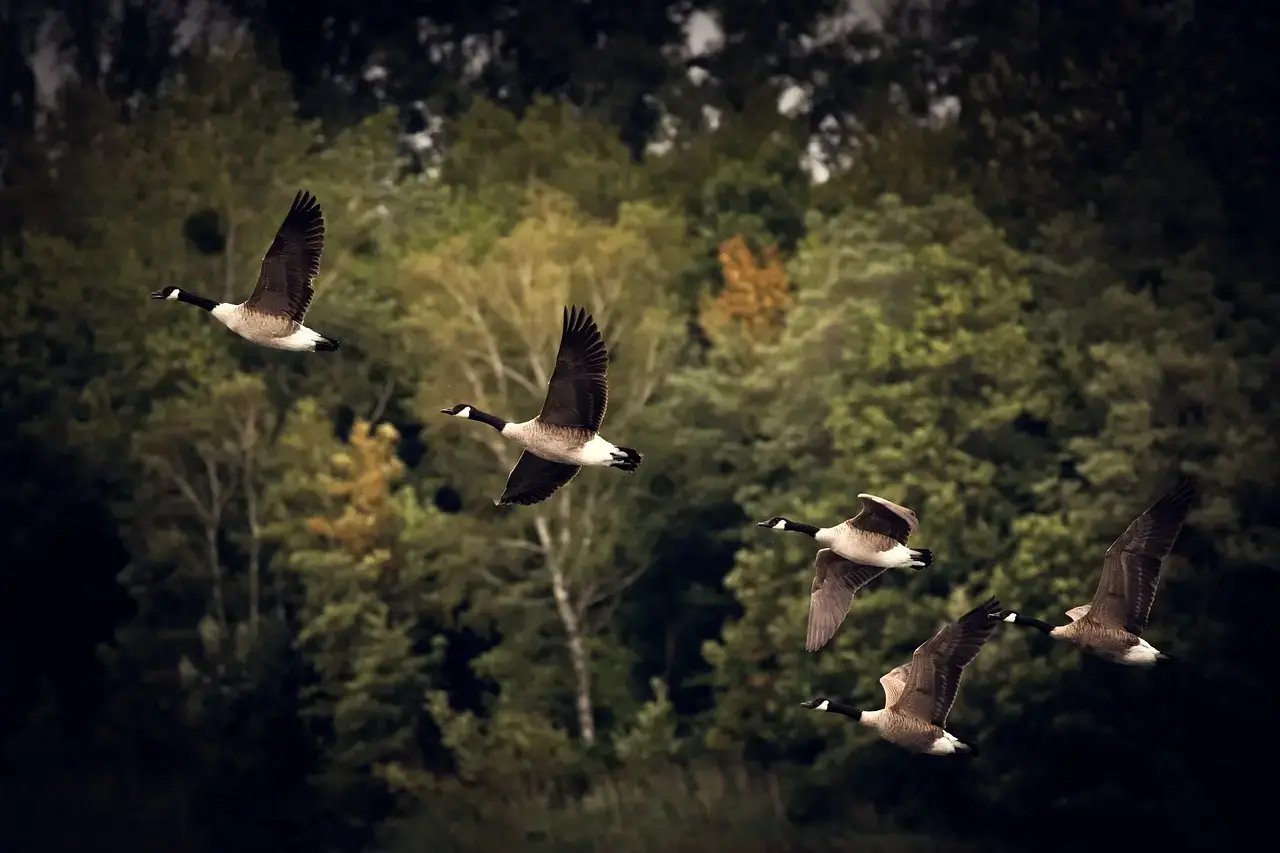
Have you seen a group of birds flying in the sky? Have you ever wondered where they are going? Why do they fly hundreds or thousands of kilometers? How do they know which way is north or south?

If you have, then this blog post is for you. In this blog post, we will explore the secrets of bird migration and learn about how they do it. Why they do it? And where do they go? We will explore some of the secrets of bird migration, and learn more about the amazing abilities and challenges of these winged wanderers.
 Table of Contents
Table of Contents
- Table of Contents
- World Migratory Bird Day
- What are migratory birds?
- Why Do Birds Migrate?
- How Do Birds Know When and Where to Migrate?
- Which birds migrate?
- How do birds migrate?
- Types of birds Migration
- What are the migratory birds in India?
- Why Birds are endangered?
- How can we help migratory birds?
- Conclusion
- Summary & Key Takeaways
- PDF/PPT Version
- References
 World Migratory Bird Day
World Migratory Bird Day
On the second Saturday of May, and the second Saturday of October, celebrate as world migratory bird day. This day is celebrated to raise awareness about migratory birds and their conservation. This day is celebrated all over the world. Lot of events are organized on this day to raise awareness about migratory birds and their conservation. So, if you are a bird lover, then you should celebrate this day.
 What are migratory birds?
What are migratory birds?

Migratory birds are a truly amazing species that possess the unique ability to travel across vast distances in search of better habitats, food sources, and breeding grounds. These captivating birds undertake long and difficult journeys, often spanning thousands of miles, and exhibit remarkable navigational skills to guide themselves to their destination traveling through one country to another without any road map or GPS.
 Why Do Birds Migrate?
Why Do Birds Migrate?

Birds migrate primarily to survive. As winter arrives and temperatures drop, the environment changes drastically. Water bodies freeze, and the ground becomes covered with frost or snow, making food scarce. Unlike some animals that hibernate to endure the cold months, birds cannot hibernate. Instead, they have evolved to migrate to warmer regions where food and shelter are more abundant.
This incredible journey is driven by their survival instinct. Migration allows birds to escape harsh climates and find resources essential for their well-being, such as insects, seeds, or flowering plants.
 How Do Birds Know When and Where to Migrate?
How Do Birds Know When and Where to Migrate?
The exact mechanism behind migration remains one of nature’s great mysteries. Scientists have discovered some clues about how birds navigate these long journeys, but many questions remain unanswered. Birds are believed to use several natural cues for navigation, including:
- The Sun and Stars: Many birds navigate using the position of the sun during the day and the stars at night.
- Earth’s Magnetic Field: Birds possess a natural ability, possibly aided by specialized cells, to sense Earth’s magnetic field, which helps them determine direction.
- Landmarks: Features like mountains, rivers, and coastlines serve as visual guides during their journeys.
Interestingly, birds do not choose their migration routes randomly. They follow specific paths, often the same routes their ancestors have used for thousands of years. These routes, known as flyways, are encoded in their genetic makeup, passed down through generations.
 Which birds migrate?
Which birds migrate?
Not all the birds migrate, but most of them do. Birds that migrate are called migratory birds. There are many different types of migratory birds, including waterfowl, shorebirds, songbirds, and raptors. Some birds migrate in large flocks, while others travel alone or in pairs.
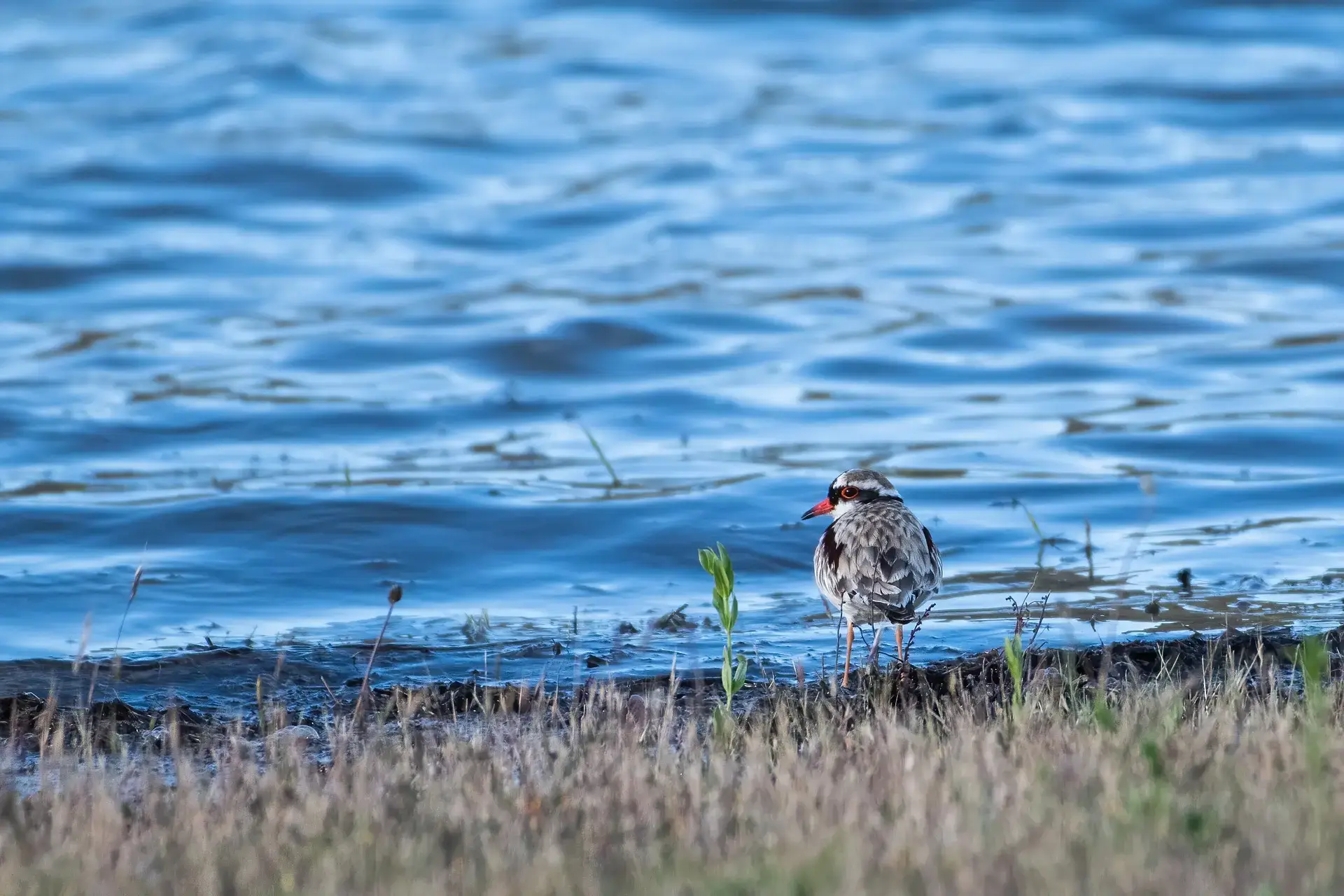
 How do birds migrate?
How do birds migrate?
During their migration, birds employ diverse techniques for navigation such as using landmarks, the sun, stars, and magnetic fields.
During migration, birds rely on landmarks like mountains, rivers, and coastlines to navigate. They also use the sun and stars to determine which direction to travel. Even if it’s cloudy or dark, birds can see the sun and stars and use them to guide their journey. Additionally, birds have an internal clock that helps them determine the time of day and direction of travel, much like how we use a watch to tell time.
Did you know that birds have an impressive knowledge of stars and constellations? They learn from their experience and pass this knowledge down to the next generation, making them better astrophysicists than most of us.
Studies have shown that birds possess a form of vision-based Magneto-reception. This enables them to detect the earth’s magnetic field, which they use to navigate during migration.
Imagine if you could see the magnetic field of the Earth, how much easier it would be to navigate! This is a superpower that birds have, allowing them to fly thousands of kilometers during migration without a map or compass.
During migration, animals rely on their sense of smell to locate food and water. They also use natural landmarks like mountains, rivers, and coastlines to guide their navigation.
 Types of birds Migration
Types of birds Migration
Thre are several types of bird migration. The most common types are short-distance migration, medium-distance migration, and long-distance migration.
 Short-distance migration
Short-distance migration
Short-distance migration is when birds travel less than 100 kilometers from their breeding grounds. Sometimes they don’t even leave their breeding grounds at all! They just move to a different area within the same habitat and stay there for the winter.
Some birds like Wallcreeper, they migrate from the high mountains to the low mountains in winter to avoid the cold.
Some birds that migrate short distances are:
- Wallcreeper, Eurasian skylark
 Medium-distance migration
Medium-distance migration
Medium-distance migration is when birds travel between 100 and 500 kilometers. Similar to short distance migration birds, they also don’t have evolutionary pressure to migrate. They just move to a different area for the winter and stay there until spring comes again.
Some birds that migrate medium distances are:
- Eastern Bluebird, Blue jays, Killdeer
 Long-distance migration
Long-distance migration
Long-distance migration is when birds travel more than 500 kilometers. These birds have evolved to migrate because they need to find food and shelter during the winter months. Some of them even travel across continents and oceans to reach their destination more than 6000 kilometers away!
Some birds that migrate long distances are:
- sarus crane, bar-headed goose, Amur falcon, and northern pintail.
 What are the migratory birds in India?
What are the migratory birds in India?
In India, there are a lot of migratory birds that migrate in October and November and return in March and April. Here are the top 10 migratory birds in India.
- Bar-headed Goose
- Greater Flamingo
- Siberian Crane
- Amur Falcon
- Indian peafowl
- Common Teal
- Asian Koel
- Comb Duck
- Painted Stork
- Gadwall
 Why Birds are endangered?
Why Birds are endangered?
 Vanishing habitats
Vanishing habitats
Birds are facing many challenges in their migration, including habitat loss, climate change, and pollution. Habitat loss is the biggest threat to migratory birds, as it reduces the amount of food and shelter available for them along their migration route.
 Water Scarcity
Water Scarcity
Water is fundamental to life on our planet. It is essential for the survival of all living things, including birds. But water is also a limited resource, and it is becoming increasingly scarce due to climate change and human activities. Birds are changing their migration patterns in response to these changes in water availability.
 Climate Change
Climate Change
Climate change is also affecting migratory birds by altering their breeding and wintering grounds, as well as the timing of their migration. Pollution is another major threat to migratory birds, as it can affect their health and ability to reproduce.
Birds also change their migration routes due to climate change. They are migrating earlier in the spring and later in the fall, which is causing them to miss out on food sources that they need to survive.
 Electric wires/ Windmills
Electric wires/ Windmills
Birds are also facing threats from the electric wire and windmills. Birds often collide with power lines and windmills, which can cause them to die or become injured. This is a major problem for migratory birds, as they rely on these structures to navigate during migration.
According to a recent study, approximately 18,700 birds of various species perish each month due to contact with high-tension wires.source
 How can we help migratory birds?
How can we help migratory birds?
Birds are important to the ecosystem because they help control insect populations, pollinate plants, and disperse seeds. They also provide food for other animals, such as fish and reptiles.
There are many ways that we can help migratory birds, including planting native plants, reducing pesticide use, and creating bird-friendly habitats. We can also help migratory birds by reducing light pollution, which can disorient them during migration.
Add a birdhouse in your garden and keep water for birds. This will help them to survive in summer.
 Conclusion
Conclusion
Bird migration is a fascinating phenomenon that has been studied for centuries. It’s a showcase of the diversity, adaptability, and resilience of birds as they travel across the world in search of food, shelter, and mates. We hope you enjoyed this blog post on bird migration! If you have any questions or comments, please leave them below. Thank you for reading!
 Summary & Key Takeaways
Summary & Key Takeaways
Here are some of the key points from the article:
- Bird migration is the seasonal movement of birds from one place to another.
- It is usually triggered by changes in the environment, such as temperature, food availability, or breeding opportunities.
- Birds use a variety of methods to navigate during migration, including landmarks, the sun, stars, and magnetic fields
- Bird migration is important for both birds and humans. For birds, migration helps them to find food and suitable breeding grounds. For humans, bird migration provides us with important ecological services, such as pollination and pest control.
- Bird migration is a challenging feat, but birds are incredibly resilient and have evolved over time to be able to make these long journeys.
- Bird migration is affected by climate change, as birds may have to change their migration routes or timing in order to find food and suitable breeding grounds.
Birds are really amazing. Isn't it?
 PDF/PPT Version
PDF/PPT Version
You can download the PDF/PPT version of this article from the below link.
Please cite the article if you are using it for research/educational purposes.
 References
References
- The Secret Routes of Migratory Birds - Documentary YouTube
- How You Can Help The Declining Bird Population
- 19,000 birds die due to high-tension wires every month
Awareness is the first step towards conservation. Share this article with your friends and family members to create awareness.

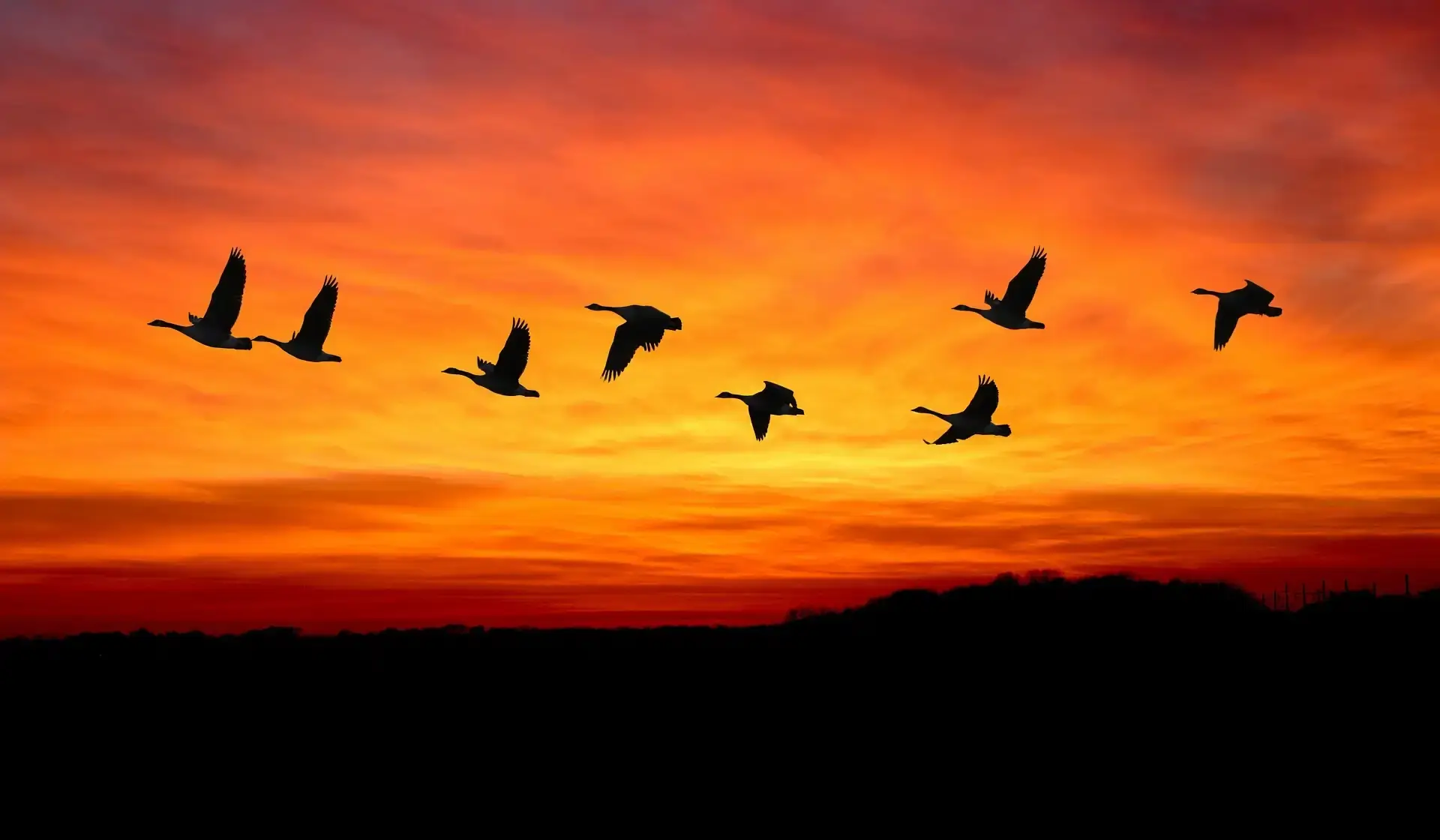
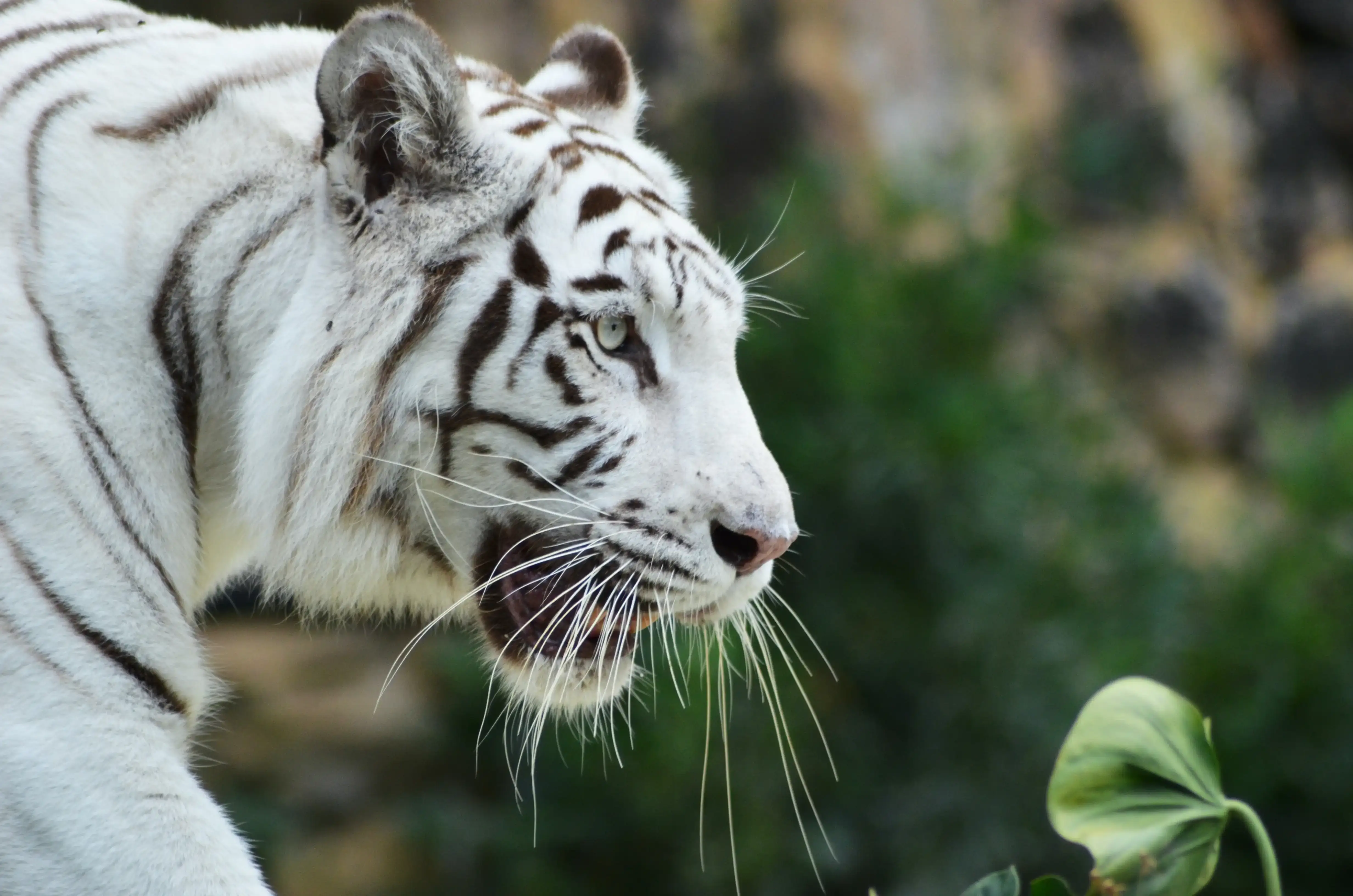
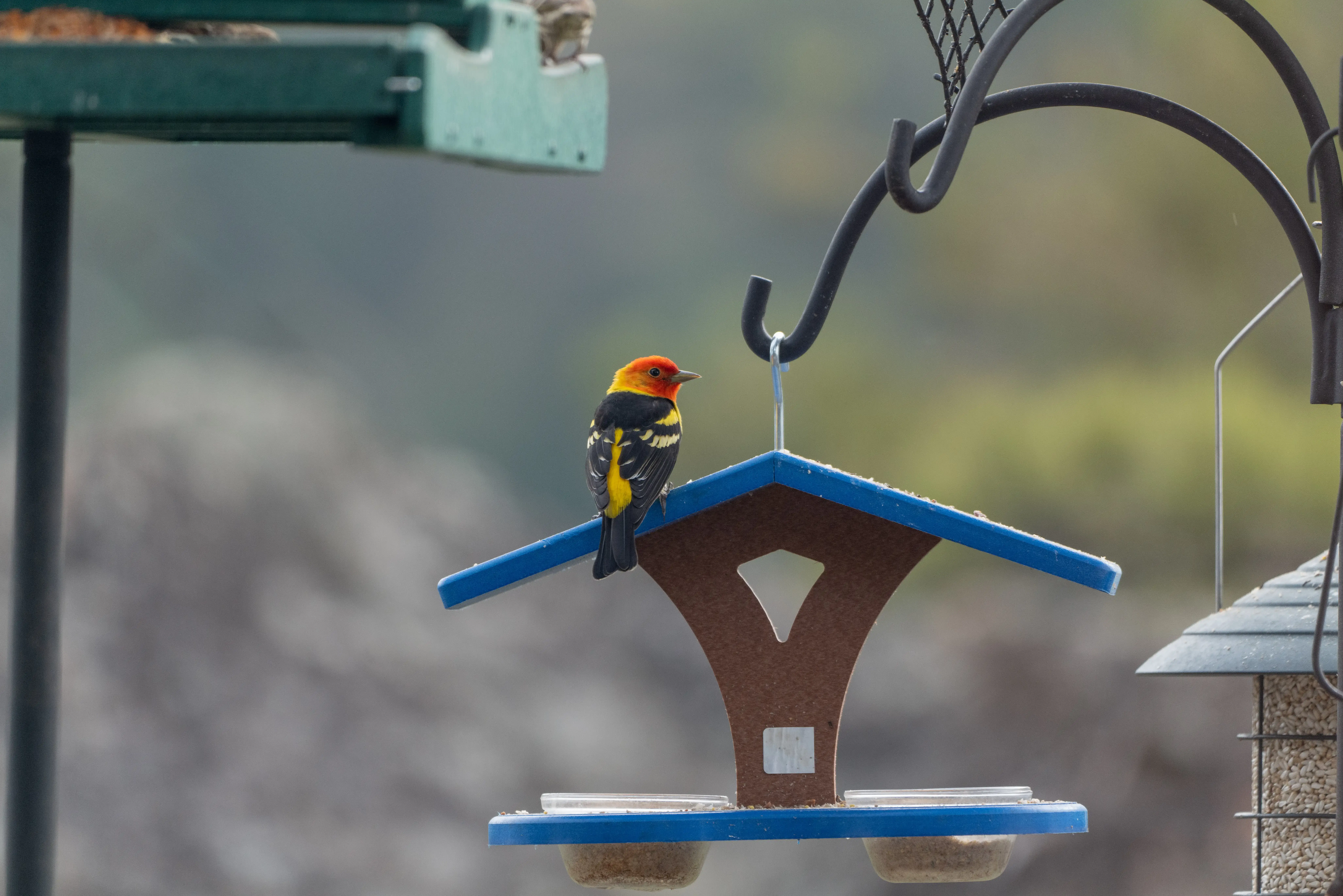

Comments